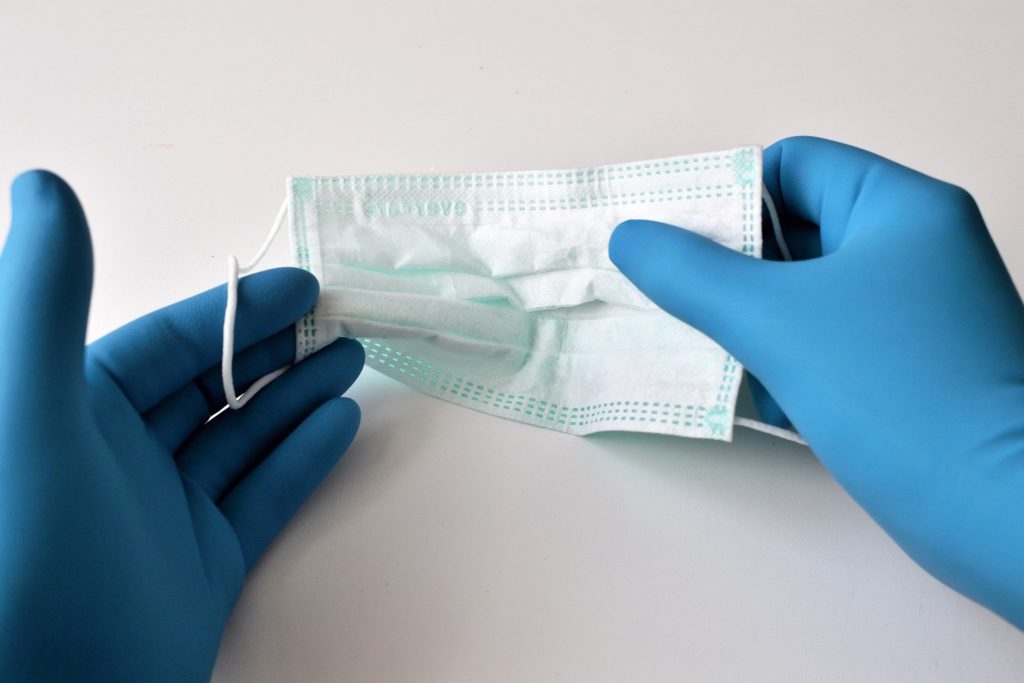Today, the Burlingame, California-based CareLinx Inc. has about 500,000 in-home care professionals in its nationwide network. The tech-enabled home-based care company plans to grow that total to at least 1 million by 2022.
Much of that growth will be driven by a new clinical business line for CareLinx, CEO Sherwin Sheik told Home Health Care News. CareLinx has traditionally operated in the non-medical home care space, connecting older adults and individuals with disabilities with vetted caregivers.
“Our new business line, Nurse OnDemand, was spurred by COVID,” Sheik said. “We had large partners — everyone from health plans we work with to our post-acute care partners — reaching out to us, saying, ‘We are in need of clinical labor.’”
Acquired by Global Fortune 50 Company Generali in 2017, CareLinx originally launched as a company that coordinates home care services to help individuals with activities of daily living (ADLs) and any other non-medical needs that arise. Caregivers who work within that home care network are typically employed under a domestic-employment model, where the family is the employer of record.
Leveraging its existing technology and logistics capabilities, CareLinx launched Nurse OnDemand after the COVID-19 virus snowballed into a global pandemic early last year. The clinicians working in this new business line work for CareLinx directly.
“These are our employees, so we’re evolving the business and becoming more of a hybrid structure, depending on the program,” Sheik said. “But from a logistical standpoint, from a tech standpoint, all that we built from the home care side, we were able to leverage to dispatch [workers] on the clinical side.”
While CareLinx coordinates home care services across the U.S., its clinical offering is currently only available in California, Texas and Illinois.
But with plans to onboard hundreds of thousands of nurses, certified nursing assistants, community health workers and others over the next year, it hopes to similarly make Nurse OnDemand nationwide in the not-too-distant future.
“COVID pushed the health care sector to see the importance of the home, right?” Sheik said. “And then you had all these clinicians who were doing remote telehealth visits, plus the seniors and high-risk patients adopting remote care management and basically remote clinical [services]. I wholeheartedly believe that this trend is going to continue.”
With its non-medical home care and more clinical capabilities, CareLinx essentially wants to turn into a partner that can meet any order for home-based care.
Nurse OnDemand isn’t just focused on “the home,” however.
Since launching the new business line, CareLinx has landed more than 275 enterprise clients, adding about 40 new ones per month. Those enterprise clients looking for clinical support amid the pandemic include nursing homes, hospitals, surgical centers, physician offices — and even Medicare-certified home health agencies.
Overall, CareLinx received more than 300,000 hours of backup nurse and clinical staffing requests in 2020. This January, the company received more than 70,000 requests for it to fill.
“As you can imagine, the initial markets that were picked, especially California and Texas, were the ones that were hit hardest by COVID,” Sheik said. “The primary staff of skilled nursing facilities would get sick. They would have to quarantine for 14 days, then maybe one of their family members would get sick. The [facilities] would need backup from that, then they’d also need backup with the surge of patients coming out of the acute care setting.”
New York was the first true metropolitan coronavirus epicenter in the U.S. Since last spring, it has been surpassed by Los Angeles County, the most populous country in the country, with just over 10 million residents.
As of Feb. 8, Los Angeles County had nearly 1.15 million confirmed COVID-19 cases, according to data from Johns Hopkins University. That’s more than double the next closest county of Maricopa in Arizona.
As part of its Nurse OnDemand offering, CareLinx dispatches nurses to fill shifts within 24 hours. The company also pays nurses within 48 hours of completing work, generally at 25% higher compensation rates than comparative assignments.
That compensation approach is partly why CareLinx is confident it can expand its network to 1 million workers despite a tough labor market.
The registered nurse (RN) workforce alone is expected to grow from 3 million in 2019 to 3.3 million in 2029, according to the U.S. Bureau of Labor Statistics. Additionally, the bureau projects 175,900 openings for RNs each year through 2029.
“We grew the network by 100,000 in 2020, amid the pandemic,” Sheik noted. “I do believe more and more nursing labor sees interest in effectively managing their own career paths, finding higher-paying opportunities with greater schedule flexibility.”
Apart from reinforcing facility-based settings and helping health plans care for their members in the home, CareLinx is also starting to eye new care delivery models, such as hospital-at-home programs and SNF-at-home initiatives. So far, it has had more action around the latter.
Both concepts require a mix of medical and non-medical services, making the multifaceted CareLinx an ideal enabler moving forward.
“That’s exactly what we’re setting this up for,” Sheik said. “When we look at hospital-at-home and SNF-at-home models, we want to be that partner that’s doing the RN rotations, the nurse rotations. We’re not going to be doing the physician rotations — that’s not core to us. But we want to be that partner that can provide the licensed vocational nurses (LVNs), the RNs, the nurse practitioners (NPs).”
Looking ahead, CareLinx also hopes its network can help with vaccine distribution, once vaccines become more widely available in the community.
“There’s a logistical challenge of getting the actual vaccines in the home,” Sheik said. “But we are definitely using Nuse OnDemand to help increase the throughput of all the vaccination centers that have the right storage.”




